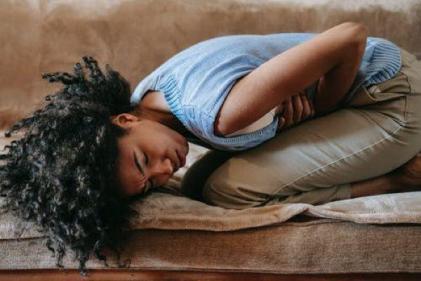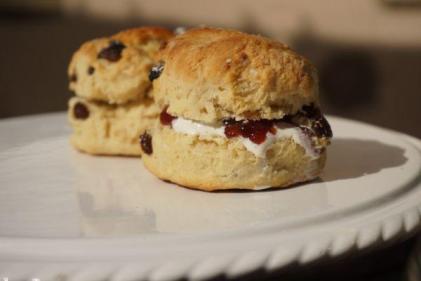Epilepsy is a neurological condition where a person has a tendency to have seizures that start in the brain.
The brain is made up of millions of nerve cells that use electrical signals to control the body’s functions, senses and thoughts.
If these signals are disrupted in any way, the person may have an epileptic seizure.
It is important to note that not all seizures are epileptic.

Other conditions that can look like epilepsy include fainting due to a drop in blood pressure, and febrile convulsions due to a sudden rise in body temperature when a young child is ill.
What exactly happens during a seizure?
There are many different types of epileptic seizure. The type of epileptic seizure a child has depends on which area of their brain is affected.
There are two main types of seizure: focal seizures and generalised seizures.

Focal seizures affect only one side of the brain and generalised seizures affect both sides of the brain.
Generally, adults and children have the same types of seizure, although some may be more common in childhood than adulthood.
How is epilepsy diagnosed?
A diagnosis of epilepsy may be considered if your child has had more than one seizure.
Your GP will usually refer them to a paediatrician and you (and your child if they can) may be asked to describe in detail what happened before, during and after the seizure.
Having a video recording of the seizure can help the paediatrician understand what is happening.

What triggers seizures?
Some children’s seizures happen in response to triggers such as stress, excitement, boredom, missed medication or lack of sleep.
Treatment for childhood epilepsy:
Anti-epileptic drugs
Most people with epilepsy take anti-epileptic drugs (AEDs) to control their seizures.
Although AEDs aim to stop seizures from happening, they do not stop seizures while they are happening, and they do not cure epilepsy.

Ketogenic diet
For children who have tried AEDs and still have seizures, the ketogenic diet may help to reduce the number or severity of their seizures.
The diet is a medical treatment, often started alongside AEDs and is supervised by trained medical specialists and dietitians.

Surgery
Surgery involves removing or separating a part of the brain to stop or reduce the number of seizures a child has.
It may be possible for some children to have surgery depending on the type of epilepsy they have and where in the brain their seizures start.











